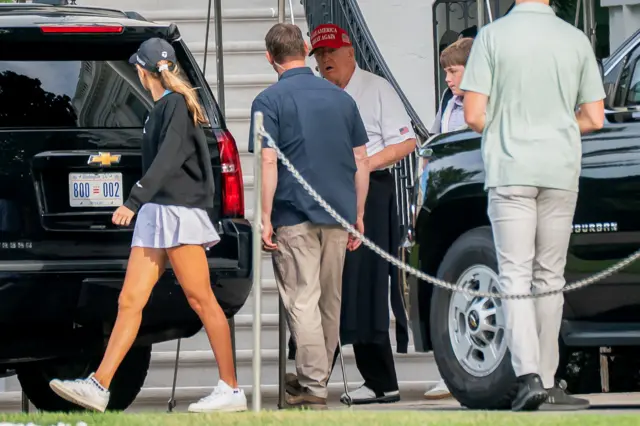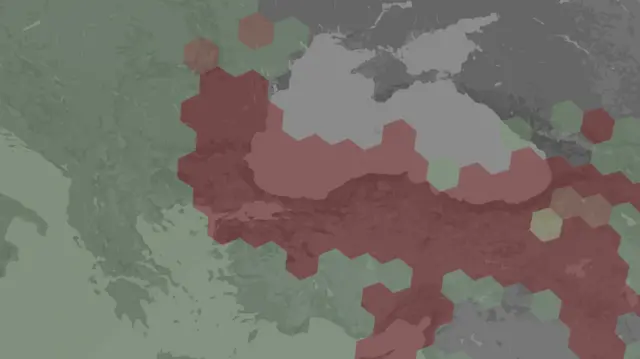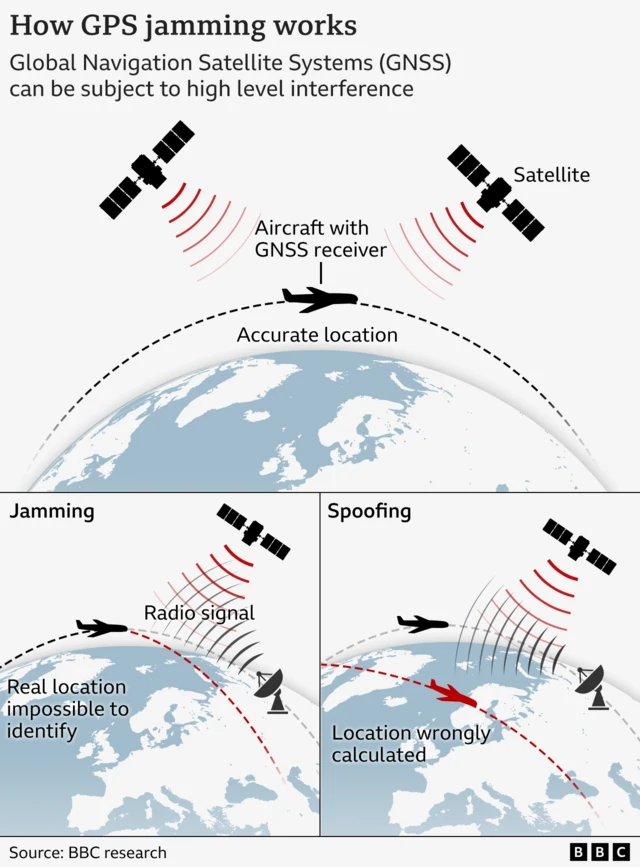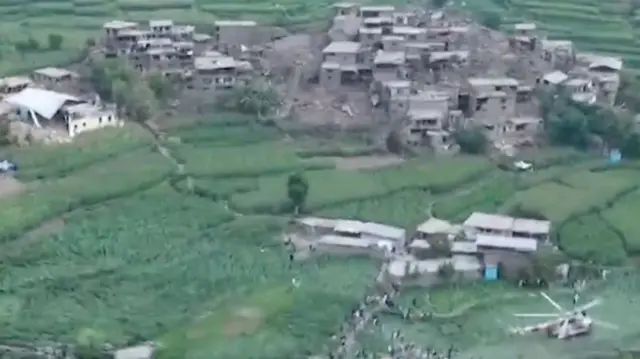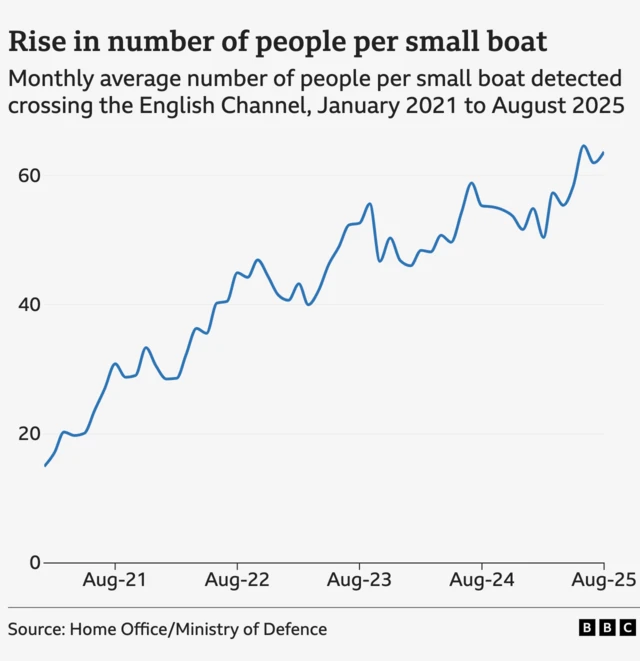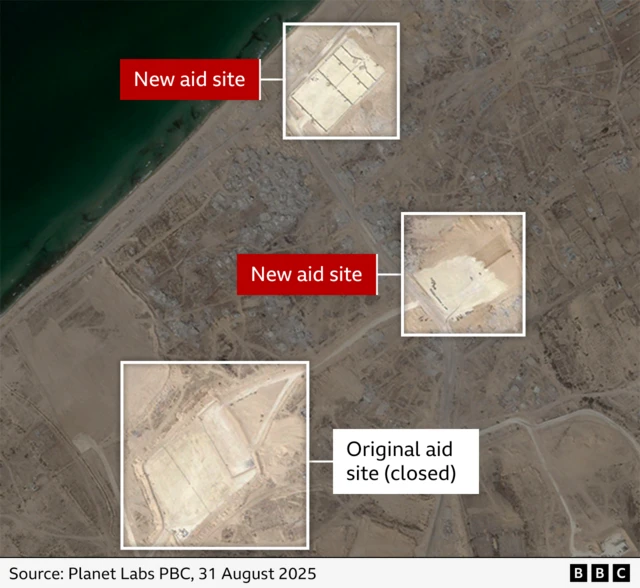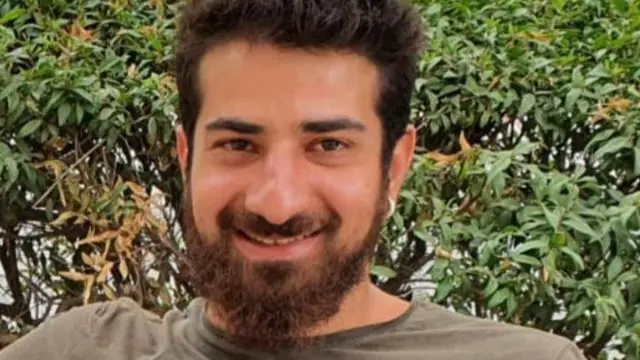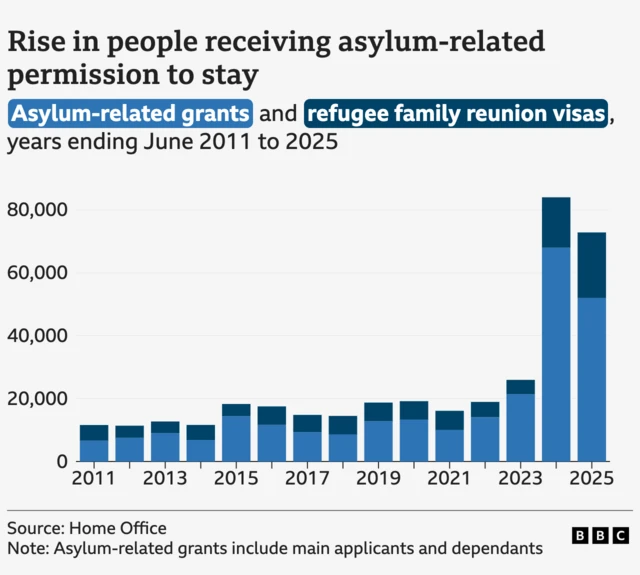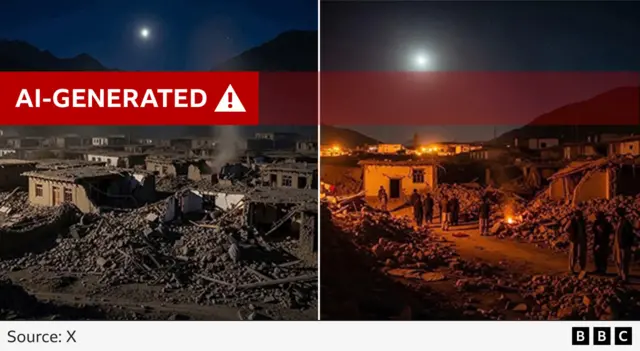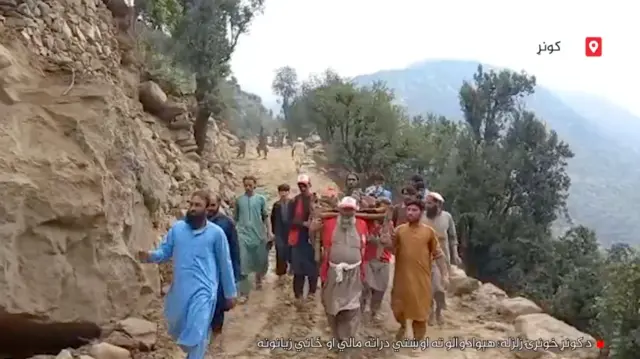From AI earthquake fakes to fact-checking asylum claims: Today with BBC Verifypublished at 17:13 BST 1 September
 Thomas Copeland
Thomas Copeland
BBC Verify Live journalist
We’ll be finishing this live page shortly but our late verification shift will continue to feed the rest of BBC News with material from the Afghanistan earthquake that has been checked and authenticated.
We’ve spent much of the day verifying footage posted on social media following the magnitude 6.0 quake and debunked fake AI images of the aftermath circulating online.
We’ve dug into the data behind refugee family reunion routes to the UK and tracked the number of small boats crossing the English Channel last month.
Plus, we’ve used satellite images to identify construction work on new aid distribution sites in Gaza run by the controversial Gaza Humanitarian Foundation.
You can find more of BBC Verify’s investigations, analysis and videos on our section of the BBC News website.

